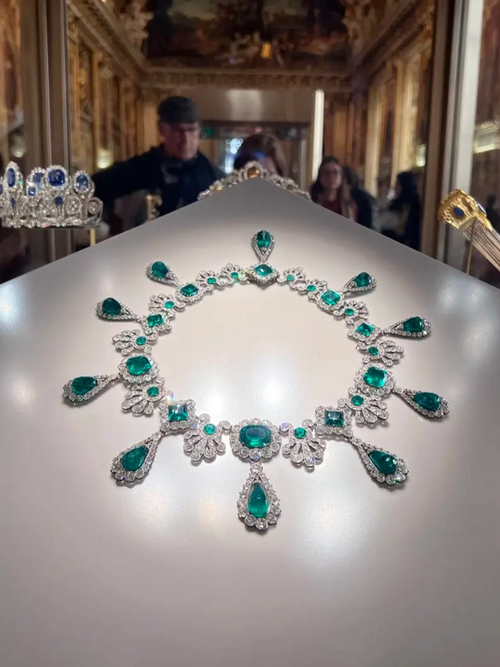Language and currency settings
Change your language and currency settings by selecting your preferences below
Select currency
Select language
3 Reasons The Kimberley Process Doesn't Work
When we talk about diamonds, the Kimberley Process certification comes up often as a way to ensure diamonds are conflict-free. This certification, created to ease worries about diamonds being used to fund conflicts, started in 2003 with the support of the United Nations. But if we dig a bit deeper, we find that things aren't as simple as they seem. In the early 2000s, there were troubling reports of diamonds being used to finance wars against governments, revealing a less perfect side of the industry. In response to this, the Kimberley Process was established, aiming to prevent the trade of diamonds from regions plagued by conflict.
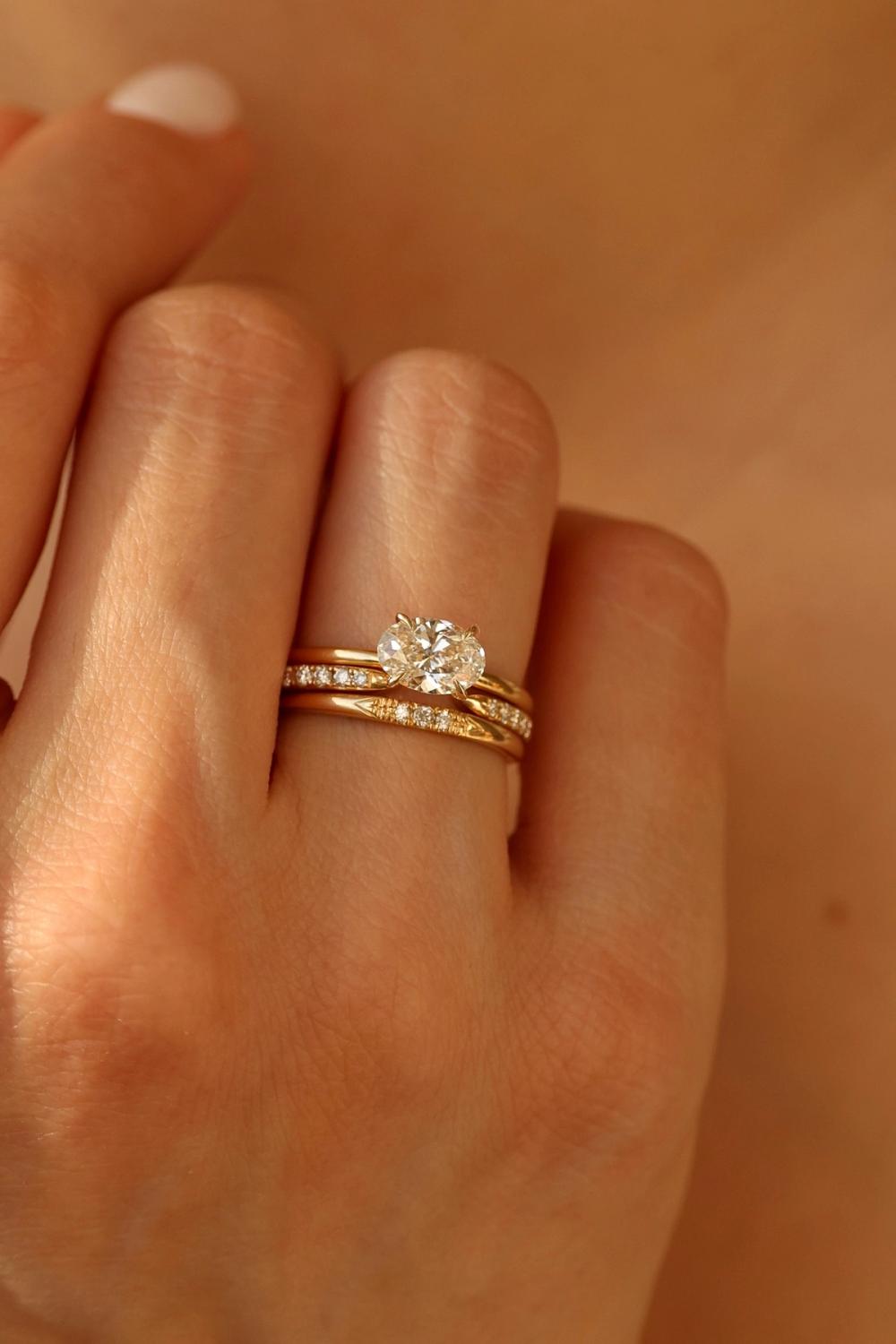
Above: Big East West Oval Swan
At its core, the Kimberley Process has a simple goal: to make sure that diamonds aren't connected to conflicts. It's a way to reassure buyers that these precious gems haven't been part of any wars or violence. Many jewelers proudly show off their Kimberley Process certification, using it to prove that their diamonds are ethically sourced and conflict-free. But there's more to the story than meets the eye. While the Kimberley Process does a somewhat good job of keeping diamonds linked to conflicts out of the market, it doesn't cover all the bases, not even when it comes to sourcing conflict free diamonds. It doesn't fully address other serious problems like human rights violations, exploiting workers, and harming the environment. Let's take a closer look at three reasons why the Kimberley Process isn't the complete answer to ensuring truly ethical and conflict-free diamonds.
Five reasons you should choose lab-grown diamonds
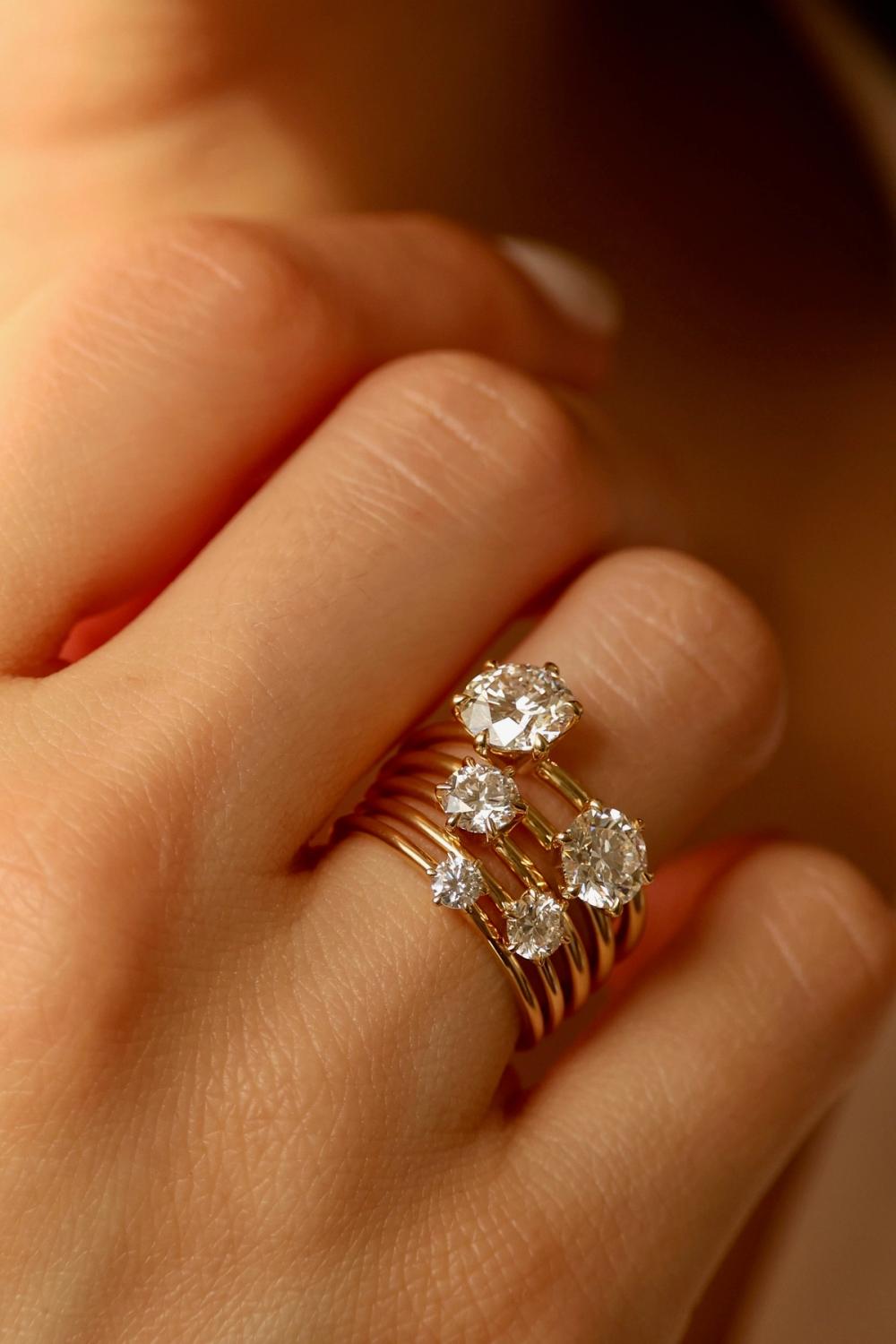
Above: Our popular Swan Collection, made with lab-grown diamonds
Tracing Origins
A trip to a jewelry store brings to light an unsettling truth: most sellers can't trace where their diamonds come from. What's even more surprising is that diamonds can still have the prized Kimberley Process certification, even without this knowledge. This puzzling situation arises because if a diamond comes from a country with approval, knowing the exact mine doesn't seem to matter. This relaxed approach makes it easy for diamonds, with their small size, to be moved secretly across borders.

Above: small batches of polished diamonds
Adding to the complexity, the Kimberley Process doesn't focus on each diamond individually; it's about groups of diamonds. This means that different diamonds can be grouped under one certification, even if they're from different places. This loophole makes it possible for diamonds with uncertain ethical backgrounds to slip into the market without raising suspicion.
Ecological Impact
While the allure of diamonds captures our attention, it's crucial to see beyond the glittering facade. The act of mining for these precious stones carries a hefty price that's often hidden from plain sight. The forests suffer as trees are felled, wildlife habitats gets destroyed, soil quality deteriorates, and water sources become contaminated. This harm isn't a one-time event; the ongoing cycle of extraction perpetuates a destructive legacy that leaves ecosystems vulnerable and fractured. It's a sobering reminder that the pursuit of beauty is putting a lasting toll on the planet we call home.

Above: A massive diamond mine that's visible from space
Exploitation of Labor
The challenging working conditions in diamond mines are an ongoing problem. These stories reveal unsettling truths, from young children forced into labor to unsafe workplaces and low pay. The tragic events of 2008 in Zimbabwe, where more than 200 miners lost their lives due to conflicts over a diamond area, highlight that even with regulations like the Kimberley Process, unfortunate incidents can still occur. Notably, Zimbabwe's mines have maintained their Kimberley Process approval despite these challenges.
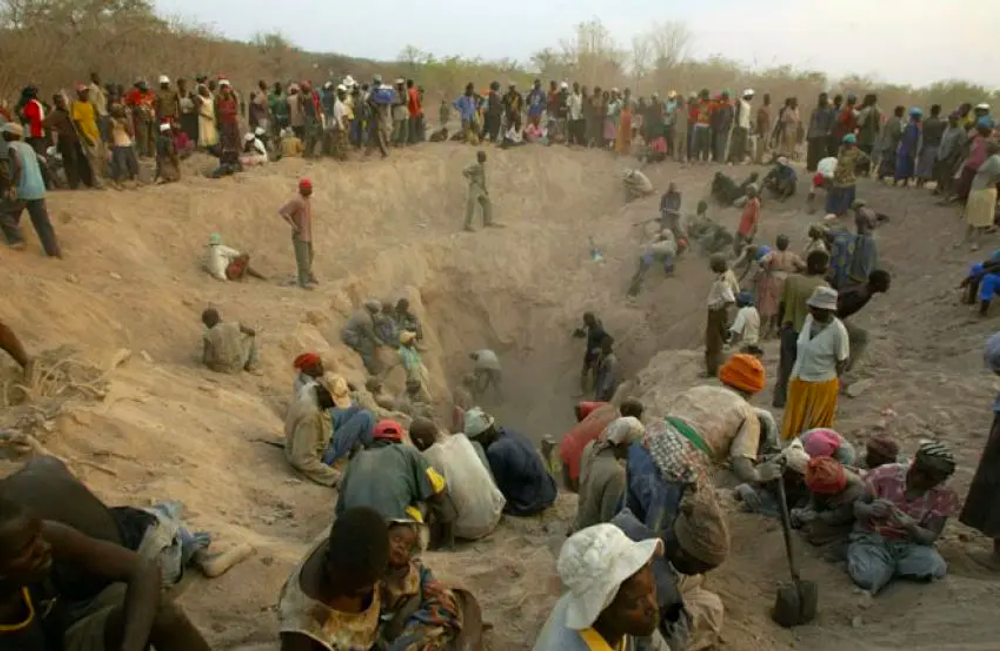
Above: diamond trade still fuels human suffering
This sadness doesn't just affect single workers—it hurts whole communities. The huge desire for diamonds has pushed many people out of their homes and lands, all because companies want to make money. And the number is really shocking: around 3.7 million lives have been lost because of diamond mining. It's a clear sign of how bad things can get.
A Shining Alternative: The Emergence of Lab-Grown Diamonds
In the midst of the Kimberley Process's limitations, a hopeful solution emerges: lab-grown diamonds. These special gems are like a guiding light. They look and act just like mined diamonds but are made in labs with care. This way, they don't hurt the environment or workers. Lab-grown diamonds are created without leaving big scars on the Earth and without taking advantage of people. What's even better is that each lab-grown diamond has a special record that shows where it came from, so you know it's a good choice.
Read more about why we exclusively use lab-grown diamonds in our jewelry

Above: Three Stone Radiant Swan
And there's more good news: lab-grown diamonds also don't leave big carbon footprints. They fit right into the idea of taking care of our planet. When we choose lab-grown diamonds, we're not just picking something pretty – we're making a choice that's kind to the Earth and to people.
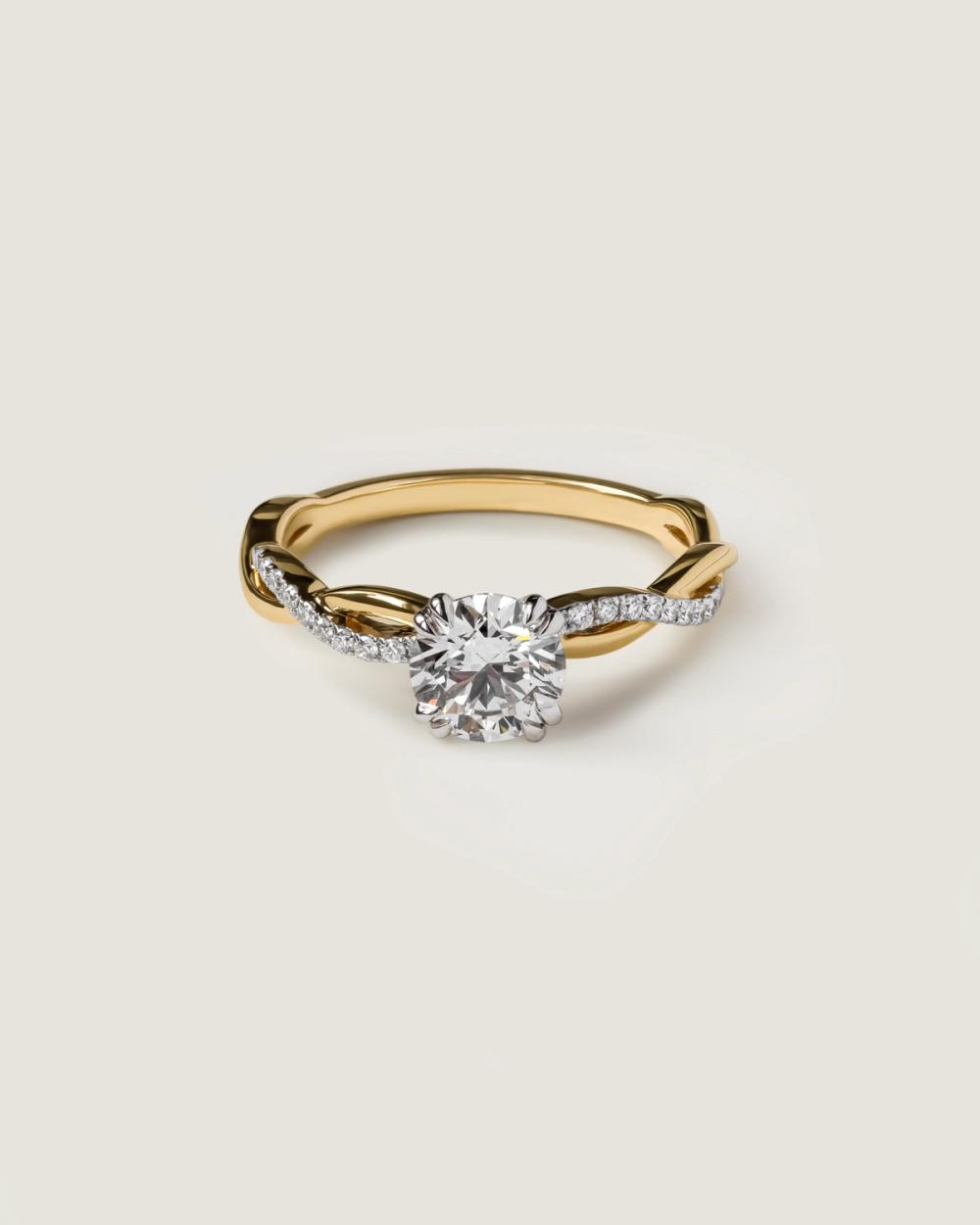
Above: our unique Twisted Swan
By welcoming lab-grown diamonds into our lives, we're shaping a future where honesty and doing the right thing are just as important as how beautiful something is. This change in thinking goes beyond the confusion around traditional diamonds. It gives us a chance to wear jewelry that sparkles and shines while also showing our commitment to a fair and eco-friendly world.
Join the Nangi family!
Join the Nangi family!
Subscribe to our newsletter to be the first to know when we release new one-of-a-kind pieces, and gain exclusive access to secret sales and events
Norsk side
Nangi Fine Jewelry © 2024

